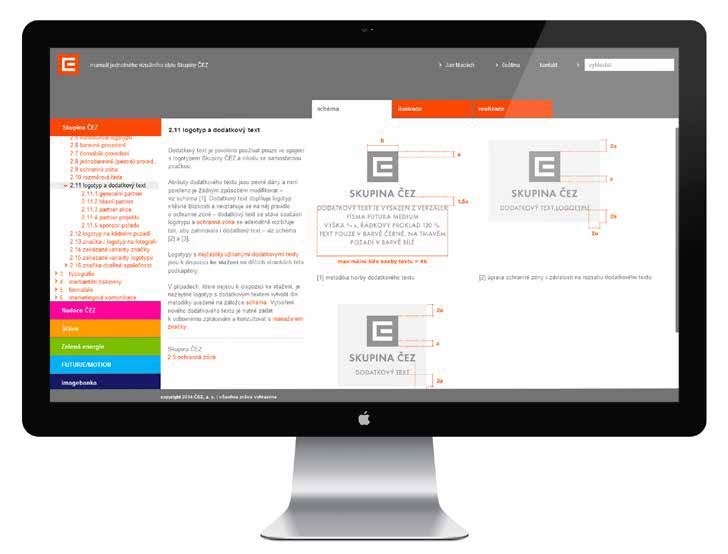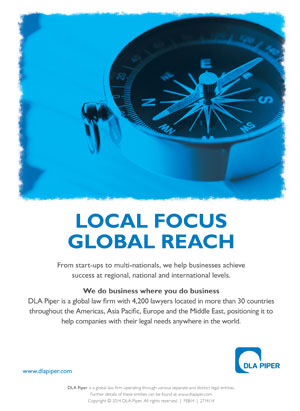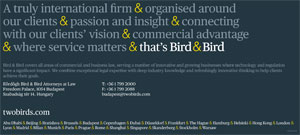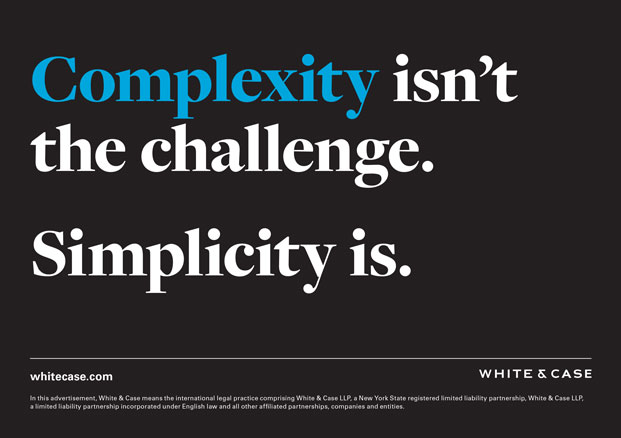A shift to global marketing and social media marketing means the old ways of using printed and PDF brochure materials has become outdated.
Although brochures and websites still dominate the time spent by in-house marketing departments, the shift to global marketing and social media marketing means the old ways of using a printed or pdf brand manual and brandbook have become outdated.
So a few years ago, our company started developing online brand manuals for several big companies and state agencies.
We started with creating a mirror image of what the printed manual used to offer, but identified several needs in the area, that can be easily covered by the cloud brand manual. We identified bottlenecks in current marketing processes, that can be easily streamlined and we plan to do so by releasing a Branduals cloud app this spring.
Most companies just put few vector files of their logo in a designated section of their website, usually vaguely called “press”. The usual exchange goes something like this: “Can we get your logo?”
“Sure, go to the press section of our website and download it.” The result is in surprisingly many cases a blown out logo from the website with a pixel size anywhere between 1 mm and a PR manager’s head. Yes, I’ve seen these cases printed on a very expensive material and even used as if nothing happened.
Some companies pay a good amount of money to an employee, who, despite being called a PR manager spends most of his workday sending out the same e-mail with an attachment of several EPS or PNG files. The usual exchange is: “Can you send me your logo?”
“Do you need it for print, or web? What kind of background?” “I have no clue, send something that works everywhere.”
The result is that a company’s most valuable resources are wasted on making someone’s life dull, instead of contributing to the brand building process. That same person is sometimes in charge of sharing photos as well. Either by maintaining a flicker account and having the user scroll though vacation shots before reaching the needed material or by sending pictures one by one. This usually ends up in one template e-mail with three usual shots being used everywhere over and over again.
Managing a global brand means having complete control over brand assets, while each member of the team has access to the up to date version of corporate identity files and templates.
Managing a global brand means having complete control over brand assets, while each member of the team has access to the up to date version of corporate identity files and templates.
To represent the company in a consistent way in several markets, brand managers need to ensure all members of the team — partners and suppliers have access to necessary graphic files and templates.
The team also needs proper communication tools and a shared storage, preferably with a supporting description for the shared files in multiple languages
Just the fact that users have access to files does not mean they know how to apply them properly. Guidelines should be created by a single agency and should always be next to the downloadable content. One should also pay attention to the accessibility of the content.
Smart user access rights can establish a single source for internal and external communication, as well as for preparing new campaigns without leaking too much information. Having an intranet for internal use and website for sharing with the public means a lot of duplicities and unnecessary branching and outdated content.
Using public file sharing services such as Dropbox for pre-release content is even forbidden in some corporations and there are plenty of good reasons to do so. The corporate image is not just a style guide and brandbook. You need a way to easily share photos and it has to be comparable to the professional stock image sites. Why? Because if images are accessible, you can lure in a prize catch — journalists, who are these days in desperate need of free and high-quality images and will prefer to publish stories, which have readily available art.
You need to make the search, keywords, preview and download very convenient. For your partners and offices you need to have a hub to go for the document templates, preferably with a repository for the documents created with an approval and commenting system. This way you avoid paying for graphic design multiple times and you also streamline localization and prevent errors or inconsistent representation of the brand.
The smart move is to use some of the cloud tools available for storage and some for proofing.









